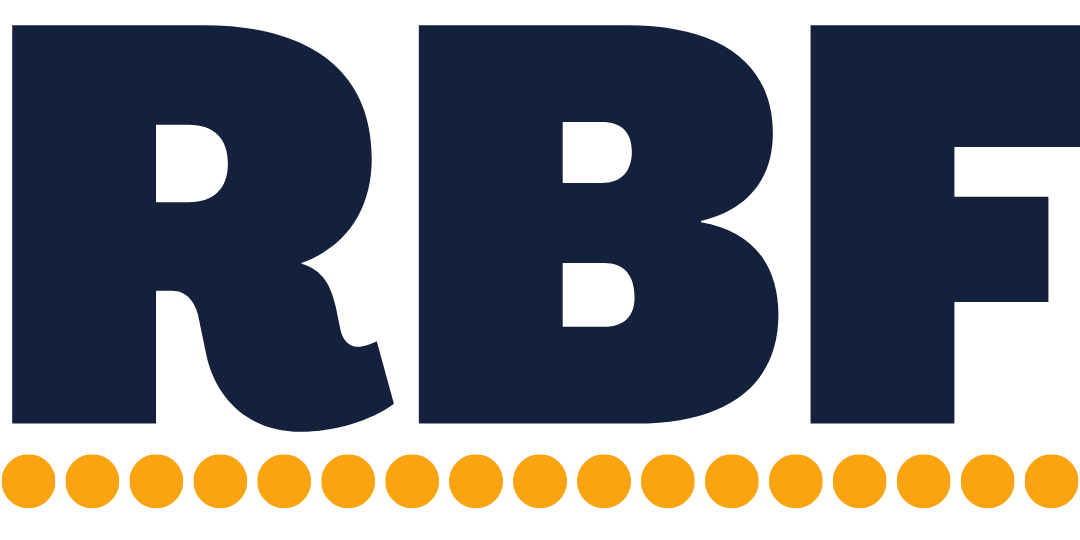Make paying invoices easier for your clients
Friction slows things down. That’s true in physics, your car’s brake pads, and small business cash flow. All those seemingly little annoyances and difficulties clients put up with, while paying your invoices, create friction and opportunities for your clients to pause & procrastinate paying (aka get distracted by a business priority). Instead of paying your invoice right away, clients will choose to get other items off their to-do list and return to your invoice later. Or, if you have a veryyy disjointed and difficult process, your invoice may just slip between the cracks.
While very minor issues might not throw off your entire cash flow and keep you up at night, a few days here or there can still land you in an (entirely avoidable) stressful situation. And, significant friction can add days to receiving each outstanding payment. When you make paying your invoices easier by actively removing the friction, difficulties, and extra steps from your invoicing process, you’ll speed up cash flow, improve predictability of when invoices get paid, and reduce your overall cash stress (ie, the constant feeling of ‘wait, do I have enough cash for this bill?’)
Be incredibly upfront about payment terms:
Payment terms explain how and when clients are expected to pay. They keep everyone on the same page. But, they’re usually buried at the bottom of proposals and glossed over during sales calls. Transparently explaining to clients when they’ll have to pay reduces the little bit of surprise, friction, and foot dragging when they get an unexpected invoice. Bring it up during the sales call, onboarding, and display payment terms more prominently in your proposals.
Accept payments on the invoice :
Invoicing tech has come a long way in the last 20 years. You used to send an invoice then process payments separately (either thru a dedicated merchant processor or by waiting for a check). Now, you can add a ‘Pay Now’ button and integrate e-payments right into your invoice. If you’re invoicing thru QBO, sign up for QB payments then turn on e-payments in your QBO settings. If you’re invoicing thru anything else, sign up for Stripe then integrate it into your invoicing software. (Signing up for Stripe and integrating it isss a little complicated. But, it’s nothing you couldn’t get fully functioning in an hour on the weekend.)
(Note: if you primarily work with industries where checks and wires are still super common, prominently include your mailing address and bank info for a designated wire-receiving account. And, if you’re accepting a lot of wires, look for a bank that doesn’t charge fees to receive wires.)
Set up direct debits :
Direct debits have become the norm in B2C recurring subscriptions (eg, Birchbox, Hello Fresh, etc) and SaaS (eg, Netflix, Salesforce, etc). Customers enter their card info once and all future payments are frictionlessly taken care of (with a few hiccups around failed payments and expired cards). And, you can do the same thing with recurring client work. Most modern invoicing software supports automatic, recurring, direct debits (although, it tends to be buried deep in the settings and knowledge base articles). Include a bank debit authorization form with your new client onboarding documents and set their billing on recurring auto debit.
(Note: if you have a lottt of recurring client work, consider a specialty invoicing software that includes additional subscription billing features. Zoho has an affordable option thru Zoho One.)
Streamline your payments process:
Invoicing (and collecting payment) is frequently thought of as a separate, distinct process from other parts of your business. But, it doesn’t have to be. Payment processor integrations have really improved in just the last few years. Processors (like Stripe) now integrate into scheduling software (like Calendly) and esigning software (like Pandadoc). You can collect payment info and automatically charge it while clients schedule appointments and sign contracts. That speeds up how quickly they’ll pay by requiring payment be done at the same time as scheduling/signing (and it’ll reduce a lot of unnecessary admin work).
Outright ask clients for feedback:
Client feedback can be tough to hear (I know I hate hearing it 😖) but is incredibly valuable. We can learn about what we can improve, new services to offer, and gain a lot of insight into our businesses. But, we usually forget to ask them about mundane processes (like invoicing). Ask them how onboarding, invoicing, and payments could’ve been better. You’ll get a lot of jokes (like, ‘you could’ve given me a discount 🤣’), but they’ll also point out friction and issues that you may not have noticed from your side of the relationship. And, if your invoicing is frustrating one client, it may be frustrating others and slowing down cash flow.
Action Item:
Send yourself an invoice for $5 and put yourself in your clients’ shoes. What could’ve been easier?
💪 What we do at Resting Business Face 😤
🚀 Finance Partner: Forecast the next 12+ months, improve your cash flow, and work closely with yours truly.
🤓 Hands-off Consulting: Annual forecasting and quarterly calls when you need just a touch of guidance.
🏛️ Tax Essentials: Taxes, accounting, and payroll to keep your business on the IRS's good side.
